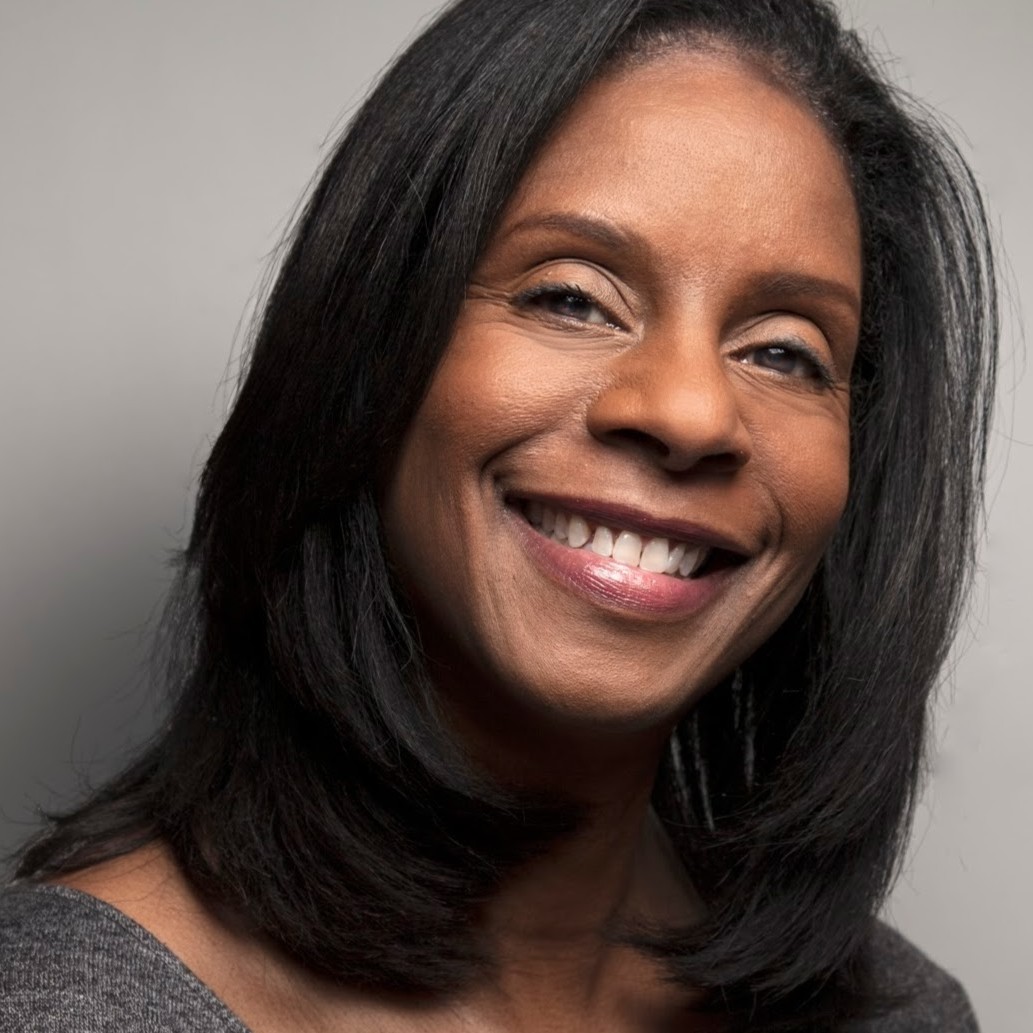
Size is among the most important characteristics of any organization, including congregations. It affects everything else. More people means more resources, more staff, and more programming. Bigness also brings more complexity: different kinds of staff, more administration, more attention to coordinating the various parts. Bigness brings bureaucracy, formality, and a loss of the personal touch. Some may worry about churches that get too big for the pastor to know all the members’ names. I once heard a megachurch pastor confess that he didn’t know the names of everyone on his staff.
There is lots one could say about congregational size, but one fact is fundamental: Most congregations in the United States are small, but most people are in large congregations. Let me explain.
Most congregations are small. The median congregation has only 75 regularly participating people and an annual budget of approximately $90,000. Ninety percent of all congregations have 350 or fewer people.
But this is only half the story. Even though there are relatively few large congregations with many members, sizable budgets, and numerous staff, these large congregations contain most of the churchgoers. Even though the average congregation has only 75 regular participants and an annual budget of $90,000, the average person is in a congregation with 400 people and a budget of $280,000.
To get a feel for just how concentrated people are in the largest congregations, imagine that we have lined up all congregations in the United States, from the smallest to the largest, and imagine that you are walking up this line, starting on the end with the smallest congregations. When you get to a congregation with 400 people in it, you would have walked past about half of all the churchgoers in the United States, but you already would have walked past more than 90 percent of all congregations!
Or imagine walking along this line of congregations from the other direction. Start with the very largest congregations, walking down the line from there. When you get to that same 400-person congregation, you would have walked past only about 10 percent of all congregations but you would have walked past half of all churchgoers!
In a nutshell, the largest 10 percent of congregations contain about half of all churchgoers. Most denominations, even the largest ones, could comfortably gather the pastors of congregations representing more than half their people in a medium-to-large hotel ballroom. And it’s not just people who are concentrated in the largest congregations. Money and staff also are concentrated in this way.
This basic fact has tremendous implications for American religion. It means that most seminarians come from large churches (since that’s where most people are), but most clergy jobs are in small churches. It means that pastors of the largest churches wield political power inside denominations that may be proportional to the size of their congregations, but is disproportional from a one-congregation-one-vote point of view. It means that denominational officials can serve the most people by concentrating their attention on just the largest churches, but that strategy can leave most congregations out of the picture. When confronted with a policy decision, should you ask what the impact might be on most churches, or what the impact might be on most churchgoers? That’s a tough question.
Moreover, this concentration is increasing. More and more people are concentrated in the very largest congregations. We all know about megachurches, but they’re only the tip of the iceberg. The movement of people from smaller to larger churches is much broader and deeper than the proliferation of stereotypical megachurches. But that’s a subject for another day.








